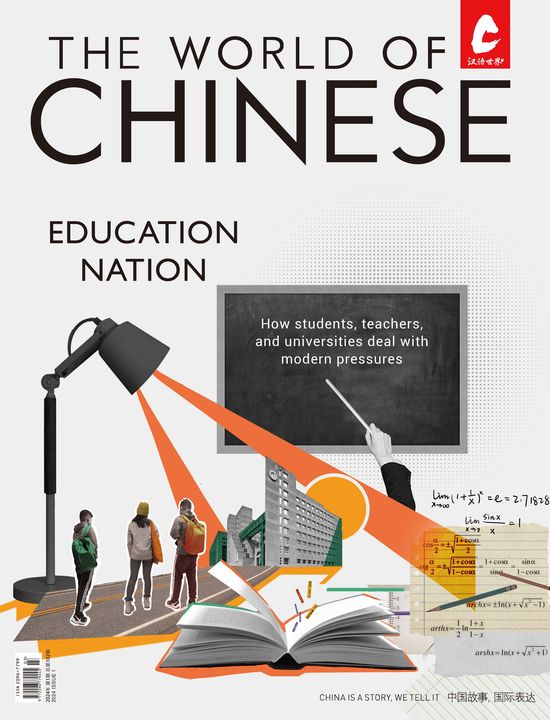When World of Warcraft ended in China earlier this year, players lost more than just a computer game
When 18 years of war and adventure came to an end, the final moments were of peace and retrospection. Gathered at the fortified main gate to their capital city, players waved goodbye to a world they would perhaps never visit again:
“Goodbye World of Warcraft! Goodbye, my youth! Goodbye, my friends!”
“Goodbye to all you familiar strangers!”
“May fate reunite us one day!”
Countless similar farewell wishes flickered on the screen, punctuated by automated system messages stoically announcing the inevitable: “server shutdown in 15 seconds, 10, 5…” Then, logout—one last time.
The World of Warcraft journey ended for thousands of Chinese players on January 23, when the licensing agreement between the video game’s US publisher Activision Blizzard and Chinese distributor NetEase expired, nearly two decades after the game first came to China.
At midnight, “when the servers were shutting down and you couldn’t even get to the screen with all your characters anymore; in that moment I did feel a little sad,” says long-time player Hu Jun, a 28-year-old office worker from Beijing, who took no screenshots of his last in-game moments because of the sadness he thought he’d feel if he ever looked at the images again.
Players like Hu didn’t just lose a computer game when World of Warcraft, a massive open-world multiplayer roleplaying game set in an epic fantasy universe, went offline. Hu estimates he had racked up almost 10,000 in-game hours leveling and equipping his main characters, fighting bosses and other players for rare items and achievements, and forging strong social bonds along the way, with some of those memories as treasured as anything in the offline world. With players no longer able to access their Chinese Blizzard accounts, which contain records of their personal histories of war and adventure, many are left with bitterness toward the publisher and a void in their lives, while others are ready to move on.
Hu was “down the hole (入坑),” as Chinese players like to say to emphasize the time-consuming nature of games like World of Warcraft, with the game for well over a decade. He first played the game in 2008, three years after its release in China. “I would watch my cousin play when I was still in middle school,” he tells TWOC. “Around 2010 he stopped playing and gave me his account, that’s when my World of Warcraft journey really started.”
Around that time, some 12 million users worldwide were paying the monthly subscription fee to join a server, create characters, and play the game. Chinese users used to make up a large portion of the game’s player base, with many whiling away the hours in internet cafes on a flexible pay-per-minute scheme available in China. China’s World of Warcraft fandom was especially fierce around 2012 when Blizzard released the Mists of Pandaria expansion, a world inspired by Chinese history and culture full of dragons and other mythical entities, including a new panda-like playable race.
“Mists of Pandaria was when I started going to college, that’s when I was playing like crazy,” Hu recalls.













